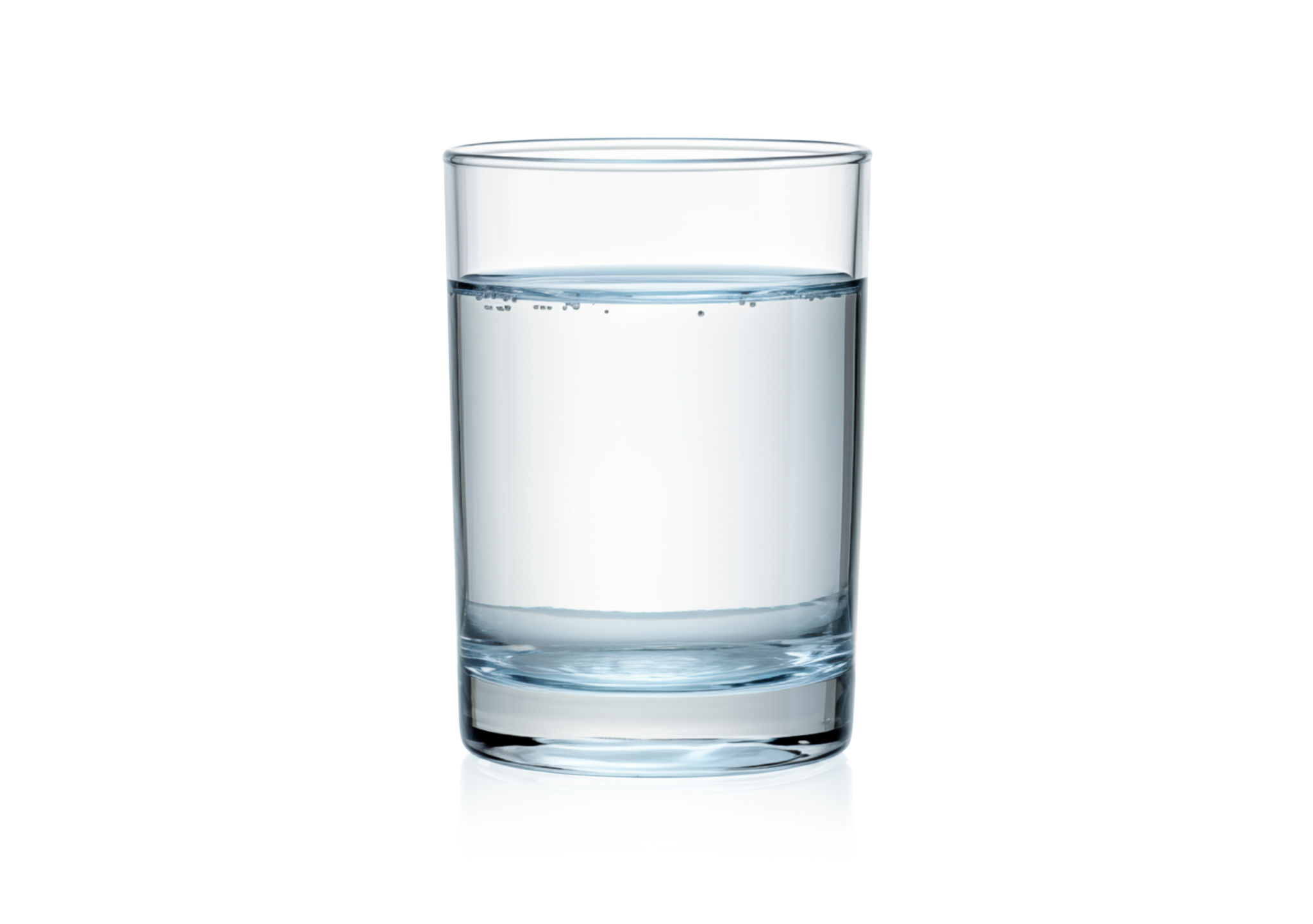Top 5 Myths About Reverse Osmosis Systems Debunked
Myth 1: Reverse Osmosis Systems Waste Water
One of the most common misconceptions about reverse osmosis (RO) systems is that they waste a significant amount of water. While it's true that they use more water than they produce, modern systems are designed to be much more efficient. Technological advancements have reduced the amount of wastewater produced, making them a more environmentally friendly choice than many believe.

Myth 2: Reverse Osmosis Removes Beneficial Minerals
While it's accurate that reverse osmosis systems remove minerals from water, it's important to consider the context. The minerals commonly found in tap water are not always beneficial and can include contaminants like lead and arsenic. Additionally, our primary source of essential minerals should be our diet, not our drinking water. Therefore, the removal of these minerals is not as concerning as often portrayed.
Understanding Water Purity
Reverse osmosis is designed to provide the purest water possible by eliminating impurities. For those concerned about mineral content, there are solutions such as remineralization filters that can be added to reintroduce beneficial minerals post-filtration.

Myth 3: Reverse Osmosis Water Tastes Bad
Some people believe that water filtered through reverse osmosis tastes flat or unpleasant. In reality, the taste is purely subjective and often depends on individual preference. Many users report that they prefer the taste of RO water because it is free from chlorine and other chemicals that can affect flavor.
The Impact of Impurities on Taste
Impurities and additives in tap water can significantly alter its taste. By removing these elements, reverse osmosis systems can actually improve the overall flavor of water, making it more refreshing and enjoyable to drink.

Myth 4: Reverse Osmosis Systems Are Expensive
Another prevalent myth is that reverse osmosis systems are prohibitively expensive. While initial installation costs can be higher than other filtration methods, the long-term savings can be substantial. RO systems reduce the need to purchase bottled water and have low maintenance costs over time.
Cost-Effectiveness Over Time
It's essential to consider the return on investment when evaluating the cost of an RO system. With proper maintenance, these systems are durable and reliable, providing clean water for years, thus offering significant savings compared to ongoing bottled water purchases.
Myth 5: Reverse Osmosis Systems Are Difficult to Maintain
The final myth is that reverse osmosis systems require complex and frequent maintenance. In truth, these systems are designed with user convenience in mind. Regular maintenance involves simple tasks like changing filters every 6-12 months, which can be easily managed by most homeowners.
Simplifying System Maintenance
Many manufacturers provide detailed instructions and customer support to ensure that maintaining your reverse osmosis system is straightforward and hassle-free. With modern designs focused on user-friendliness, these systems are more accessible than ever.

